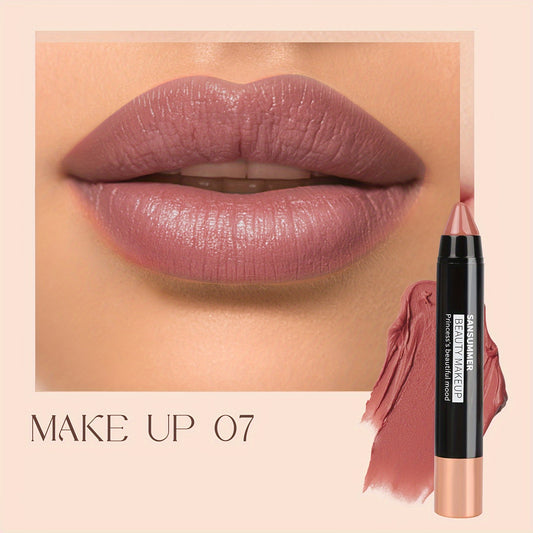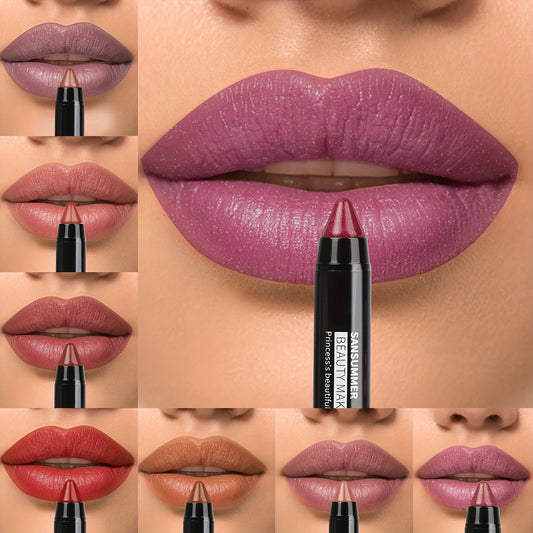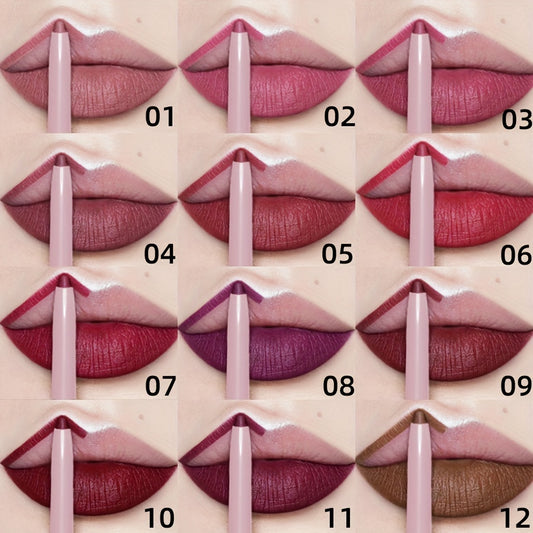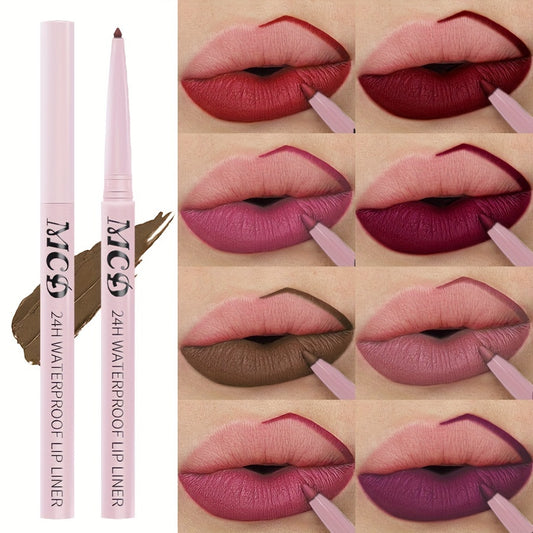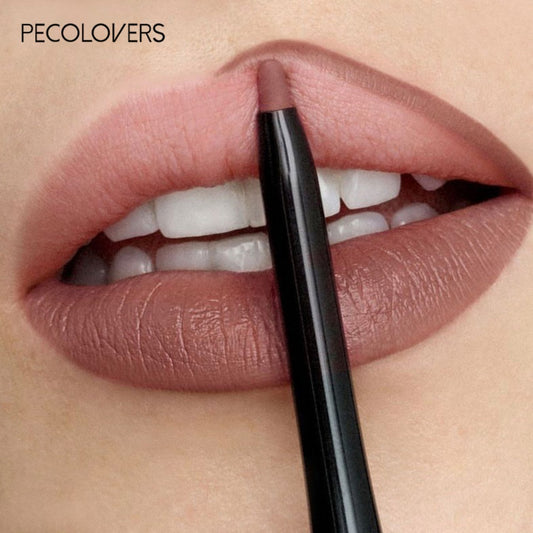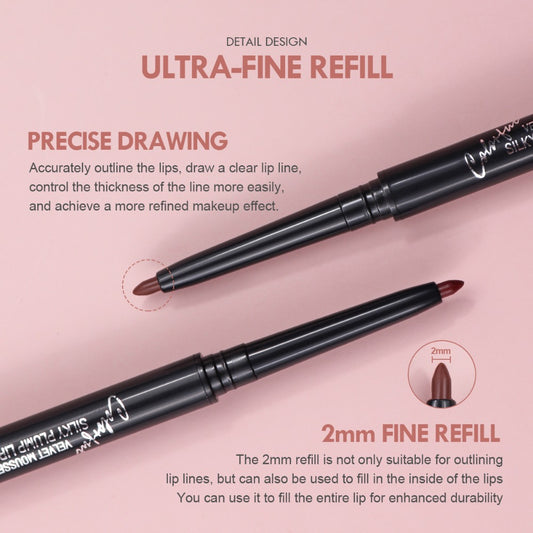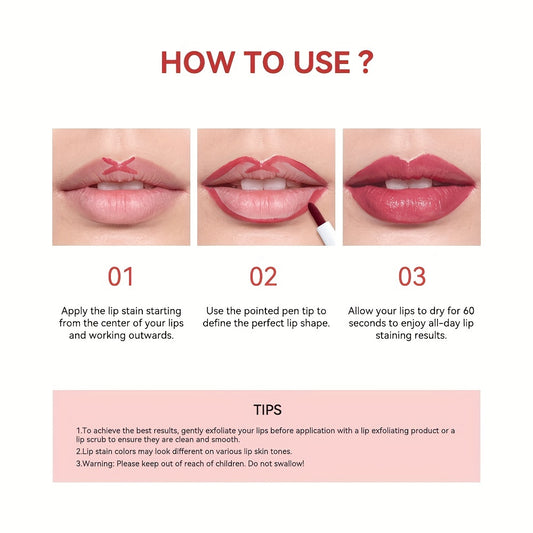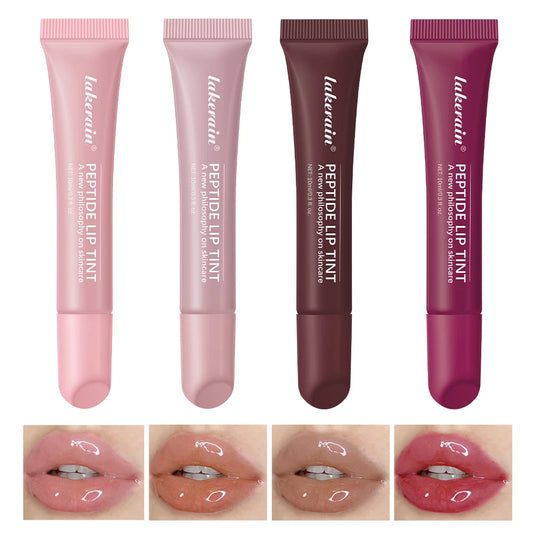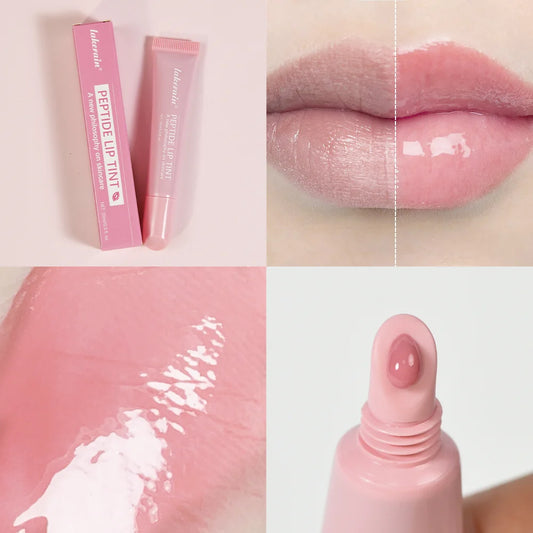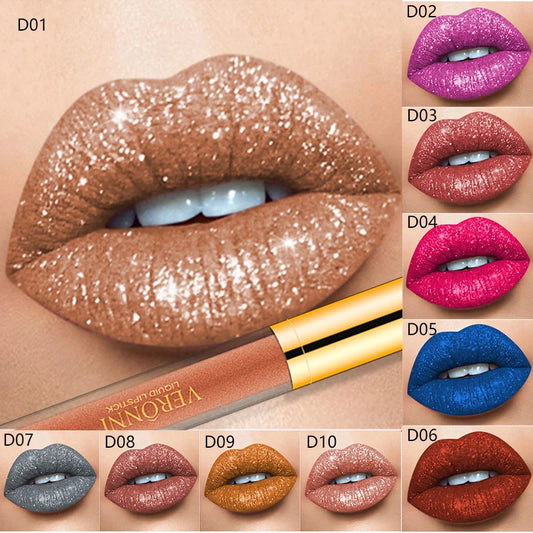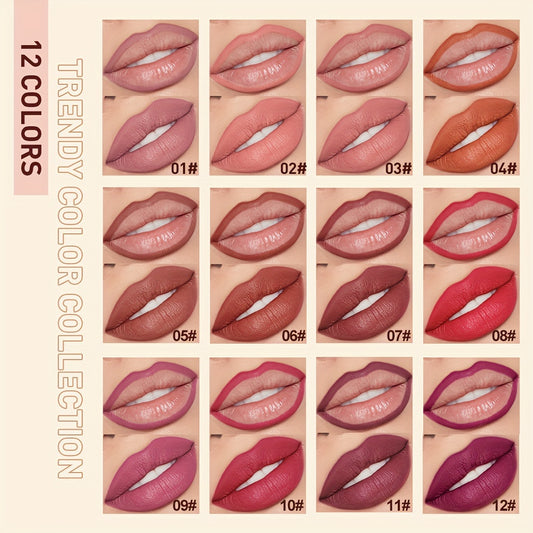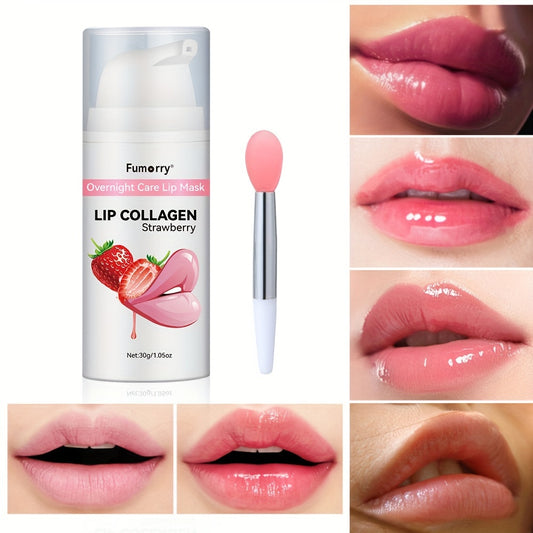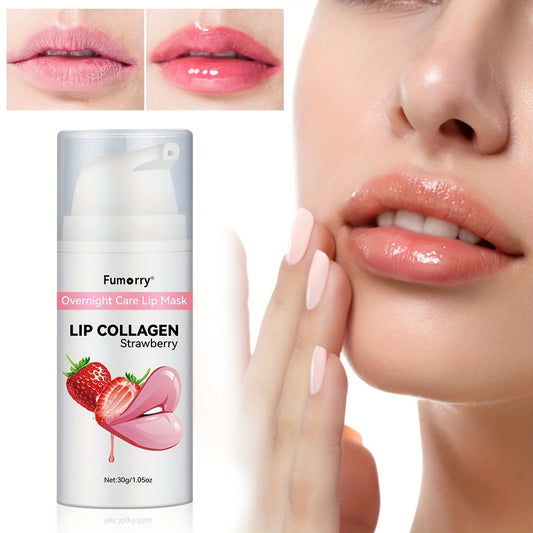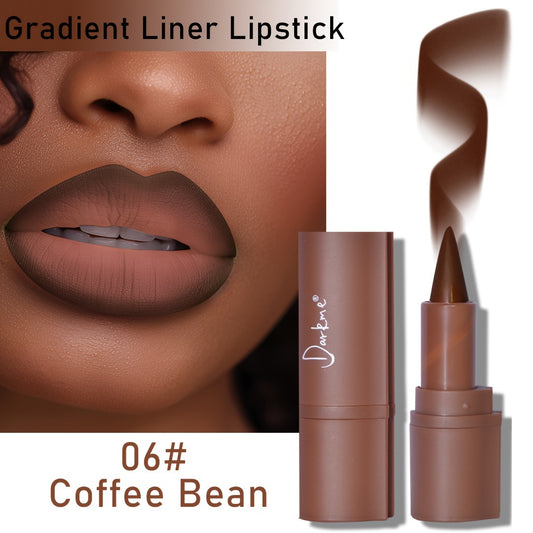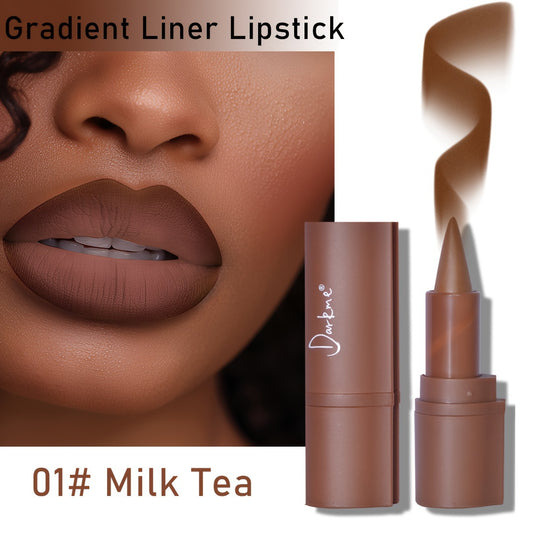How to Choose the Right Brand of Lip Balm for Your Unique Lip Care Needs in 2025
Share
If you’ve ever found yourself standing in front of a wall of lip balms, not sure which brand of lip balm to grab, you’re not alone. There are so many options now—some promise to heal cracked lips, others add a bit of color, and a few even claim to protect against sunburn. Your lips are thin and can dry out fast, especially when the weather changes. Picking the right brand of lip balm for your needs in 2025 isn’t just about grabbing the cheapest tube at the checkout. It’s about figuring out what your lips actually need and what works best for your daily routine. Let’s break it down so you can actually enjoy using your lip balm, instead of just hoping for the best.
Key Takeaways
- Think about your main lip issues—dryness, cracking, or sensitivity—before picking a brand of lip balm.
- Check ingredient lists for moisturizers like shea butter or squalane, and avoid stuff like fragrances if your lips get irritated easily.
- SPF is a must if you spend time outdoors, but go for mineral-based options if you have sensitive skin.
- Consider different textures and types—thick balms are good for winter, while lighter ones work better in summer or under lipstick.
- You don’t always have to buy the most expensive brand of lip balm—sometimes drugstore picks work just as well as the fancy ones.
Understanding Your Lip Care Needs Before Choosing a Brand of Lip Balm
Choosing the right lip balm starts with knowing what your lips actually need day by day. Everyone’s lips are different—some people deal with constant dryness while others battle flakiness or burning. Figuring out your own problems before grabbing the first balm on the shelf means you’ll avoid disappointment (or worse: more irritation).
Assessing Common Lip Concerns Like Dryness, Cracking, and Sensitivity
Most folks deal with at least one of these issues over the course of a year:
- Dryness: Feels tight, may peel, and sometimes stings, especially after being outside.
- Cracking or splitting: Painful, often at the corners of the lips.
- Sensitivity: Some lip balms can sting, and certain ingredients might set off burning or redness.
| Lip Issue | How It Shows Up | Typical Causes |
|---|---|---|
| Dryness | Tight, rough texture, peeling | Weather, dehydration, lip licking |
| Cracking | Splits at corners or surface | Cold, wind, allergies, picking |
| Sensitivity | Redness, itching, burning | Flavors, fragrance, harsh sunscreens |
Recognizing your top concern will steer you toward the right formula.
Considering Seasonal Factors Affecting Your Lips
The weather changes more than just your wardrobe. It really affects your lips, too. If you always buy the same balm for every season, you might be missing out on real comfort.
- Winter: Low humidity sucks the moisture from your skin. Indoor heat does, too.
- Summer: More sun, more sweat, higher chance of burning or irritation.
- Windy/rainy seasons: Lips exposed to harsh air might crack and peel.
Switch things up seasonally—a thick, protective balm might save your lips in January, but leave you sticky and annoyed by July.
Matching Lip Balm Texture to Your Daily Lifestyle
Lip balms aren’t a one-size-fits-all kind of thing. Pick a texture that works for you and your habits, or you’ll end up with something you never want to use.
- Super active? Stick balms or lightweight gels won’t glue hair to your mouth when you’re moving around.
- Desk job or working indoors? Softer, richer balms can help if dry air’s a problem.
- Do you wear lipstick most days? A thin, clear balm works well under color without changing the finish.
- Choose a balm you’re happy to reapply—because yes, no balm lasts forever, and reapplying is half the job.
Ultimately, paying attention to what bugs you most about your lips—and your lifestyle—makes all the difference in picking the right lip balm brand.
Key Ingredients That Make or Break a Brand of Lip Balm

When it comes to picking a lip balm in 2025, what's inside the tube does most of the talking. Ingredients do way more than just make your lips slick—they decide if your lips get real comfort or just a quick fix. Finding the right mix can mean the difference between soft lips and a cycle of constant reapplication.
Moisturizers and Emollients: Shea Butter, Squalane, and Glycerin
Not all lip balms hydrate in the same way. Some leave your lips dry again by lunchtime, while others keep them comfortable for hours. Here’s what to look for:
- Shea Butter: Softens and helps heal cracked spots. It's thick, so it stays put.
- Squalane: Plant-based and light, this helps lips feel smooth, not sticky.
- Glycerin: Attracts moisture and can give quick relief from flakiness.
- Ceramides & Fatty Acids: These add back what your skin naturally uses to seal in moisture.
There’s no shortcut here—choose balms with real, proven moisturizers high on the ingredient list if lasting comfort matters to you.
Ingredients to Seek for Sensitive or Chapped Lips
If your lips are always dry, sting, or get red easily, you can’t just slap on any balm. Instead, watch for ingredients that are gentle and actually repair, not just cover up problems. Good options include:
- Cocoa and Shea Butters
- Natural Oils (like jojoba or sunflower)
- Aloe Vera
- Beeswax (if you’re not avoiding animal products)
Also, for chronic chapping or sensitivity, look for formulas marked hypoallergenic or dermatologist-tested.
Common Additives and Potential Irritants to Avoid
It’s tempting to grab fun flavors or tingly balms, but that can backfire, especially with sensitive lips. Here’s what you might want to skip:
| Ingredient | Why To Avoid |
|---|---|
| Fragrance/Flavors | Can trigger allergy, dryness, or irritation |
| Camphor & Menthol | Might feel cool, but often dry out lips over time |
| Lanolin & Propolis | Seem natural, but are common allergens |
| Chemical Sunscreens | May irritate lips for some people |
- If your lips are getting worse or need frequent balm reapplication, try switching to a formula without these additives.
Sometimes the fancier a lip balm sounds, the more likely it is to contain ingredients your lips really don’t want. Stick to the basics for the best results.
Sun Protection Essentials in a Brand of Lip Balm
Choosing a lip balm with sun protection seems like overkill until you realize just how easily lips burn—and how rough that can feel. Even if you’re usually not sun-sensitive, your lips are one of the first spots to get chapped or inflamed from too much sun, no matter your skin tone. This is where SPF lip balms come into play.
Why SPF in Lip Balm Matters for Daily Use
Daily sun protection on your lips isn’t just a summer thing—it’s needed all year. Lips don’t have as much natural protection as the rest of your skin, so UV rays can cause everything from burning and dryness to long-term changes, like pigmentation or even skin cancer. Here’s when it makes the most sense to reach for SPF-infused lip balms:
- At the beach, skiing, or spending hours outside, even if it’s cool or cloudy
- During outdoor runs or hikes—wind and sun team up to dry lips out
- Every day, really, since most of us get more sun exposure than we think running errands or sitting near windows
Don’t skip SPF lip balm even on cloudy days—your lips can still take a hit from sun and wind combined.
Best Mineral-Based SPF Options for Sensitive Skin
Some folks get rashes or burning from the chemical filters found in many SPF balms. For sensitive lips, mineral-based sunscreens offer a gentler choice. These formulas use ingredients like zinc oxide or titanium dioxide, which sit on the surface and bounce UV rays away instead of soaking in.
A quick comparison of popular mineral-based SPF lip balms as of 2025:
| Brand/Formula | SPF Level | Key Ingredient | Residue/Taste | Good for Sensitive? |
|---|---|---|---|---|
| Sunnie’s The Protector | 36 | Transparent Zinc Oxide | Slightly greasy, soapy | Yes |
| EltaMD UV Lip Balm | 36 | Zinc + Octinoxate | Creamy, no cast, odorless | Yes |
| ChapStick Active 2-in-1 | 25 | Zinc Oxide | Noticeable white residue | Yes |
Look for products labeled "transparent" or "clear" zinc oxide if you want protection without a chalky finish.
Balancing Sun Protection with Wearability and Comfort
SPF on your lips shouldn’t mean you’re stuck with chalky, sticky, or greasy formulas all day. Some balms manage a sweet spot between strong protection and all-day comfort, while others feel heavy or have an odd taste. Tips for getting both sun protection and comfort:
- Pick balms that promise "clear" or "invisible" finishes
- Choose stick formats for less greasiness (vs. ointment or tubes)
- Consider unscented or lightly flavored options
- Find a balance—higher SPF is great, but not if you hate how it feels
Here’s a quick rundown of what to look for:
- Smooth texture that’s not sticky
- A finish that won’t leave a white cast (especially on darker lips)
- Long-lasting without constant reapplication or weird aftertaste
Sometimes, you’ll have to cycle through a few brands before finding one that fits just right. But the payoff—a soft, healthy pout that can handle the sun—is totally worth it.
Types of Lip Balm Formulations You’ll Find from Every Major Brand
Choosing the right lip balm can be surprisingly personal. With so many options out there, even just walking down the drugstore aisle can make you stop and wonder, "Wait, what's actually in all these tubes and pots?" Every big brand has their own lineup, but there are a few common formulations and styles you’ll spot no matter where you shop.
Tinted Balms for Color and Moisture in One Product
Tinted lip balms mix hydration with just enough color to brighten your look, all in a single swipe. They're perfect for people who want a bit of polish without picking up a separate lipstick. A good tinted balm offers:
- Sheer to medium color payoff so lips look naturally soft—not overdone
- Moisturizing bases, usually with ingredients like shea butter or vitamin E
- Easy-to-carry packaging, often in slim sticks or small pots
- Multiple shades, including neutrals, berries, and pinks (and sometimes a clear option)
Here's a quick look at what to expect from some tinted varieties:
| Finish | Hydration Level | Colors Available |
|---|---|---|
| Glossy | Medium-High | 4–16+ |
| Matte | Medium | 3–8 |
| Subtle sheen | High | 5–10 |
Some balms even offer a color-changing effect, adjusting to your natural lip tone for a more personalized hint of color.
Thick Versus Lightweight Textures: When to Use Each
The way a lip balm sits on your lips is almost as important as what’s inside. Brands usually offer at least two types of texture: thick (often called “ointment” or “salve”) and lightweight (also just plain “balm” or "stick"). Each comes in handy at different times.
- Thick/ointment balms: Best for overnight repair or extreme dryness. They create a protective barrier—great in winter, but can feel greasy.
- Lightweight/stick balms: Designed for all-day use, easy to reapply without mess. These feel weightless, perfect for layering under makeup or using on the go.
- Hybrid/textured balms: Some options blend the two, balancing comfort with staying power and shine.
It’s amazing how a change in texture can totally change your experience—what feels soothing at bedtime might be too heavy while you’re out running errands on a hot afternoon.
Flavored, Fragrance-Free, and Vegan Options to Consider
These days, brands make a point to cater to just about every preference and concern:
- Flavored balms: From classic cherry to birthday cake, options abound. Look for natural flavors if you’re sensitive.
- Fragrance-free picks: If your lips are prone to irritation, skip the scent completely. Many dermatologist-recommended brands have fragrance-free versions.
- Vegan formulas: Plenty of balms now avoid beeswax and switch to candelilla or carnauba wax. If you want to avoid animal byproducts, double-check the label.
A quick breakdown of what you’ll find on shelves:
| Label Claim | Typical Ingredients | Who It’s For |
|---|---|---|
| Flavored | Fruit extracts, natural or artificial flavors | Folks who like fun, sweet, or fruity scents |
| Fragrance-free | Minimal additives | Sensitive or allergy-prone users |
| Vegan | Plant waxes, no lanolin | Animal-conscious, sensitive skin |
When you’re working through all these choices, it’s honestly about what feels right for you—some people can’t stand certain tastes or textures, and others can’t get enough! Try a few different kinds and see what sticks (or doesn’t).
How Testers and Dermatologists Evaluate the Best Brand of Lip Balm

When you’re sorting through stacks of lip balm options, the process can feel honestly overwhelming. But there are folks out there—testers, dermatologists, and regular users—scrutinizing every swipe so you don’t have to. Here’s a look at how the pros make their picks.
Criteria Experts Use—From Hydration to Ingredients
Dermatologists and testers use a checklist when scoring lip balms, keeping the tests simple but specific. Here’s what’s usually in their rubric:
- Hydration and Healing: Does it keep lips comfortable or just leave them tacky?
- Texture and Wearability: Is it sticky, slick, or easy to forget once applied?
- Longevity: Does it vanish within an hour or survive lunch?
- Sun Protection: SPF balms get rated for actual sun defense.
- Ingredient Safety: Which balms made with science-backed or dermatologist-recommended ingredients?
- Overall Value: Price-per-use actually matters—no one wants to overpay for wax.
| Criteria | Excellent (5) | Good (4) | Middling (3) | Poor (2-1) |
|---|---|---|---|---|
| Hydration | Long-lasting | Several hours | Hour or less | Few minutes |
| Texture | Invisible, light | Slight residue | Noticeable film | Sticky/heavy |
| Ingredient Quality | Dermatologist-picked | Mostly safe | Some irritants | Many irritants |
| Value | Great deal | Fair price | Overpriced for result | Rip-off |
Panel Testing and Real-World Performance
Brands can talk up their science, but panel testing tells the real story. Panels usually cover a range of people—from outdoorsy types who face chapping every winter to makeup fans looking for a smooth base all day.
How panels test lip balms:
- Each person receives anonymized tubes to avoid bias
- Everyone tries each balm in everyday situations: walking in wind, working indoors, eating and drinking
- After a week or more, they fill out feedback forms on hydration, taste, packaging, odor, and residue
- Extra points often go to balms that suit specific skin types or solve certain problems (like sensitive lips or sun exposure)
What Makes a Lip Balm Stand Out According to Professionals
- Speed of relief: Does it soothe cracked lips within minutes, or only after many uses?
- Lasting power: Does it wear off instantly, or hold up through at least half a workday?
- Minimal irritation: Are lips left calm, or is there any tingling, stinging, or redness?
Professionals agree: the best lip balms are the ones you forget you’re wearing, but still notice when you skip a day.
A standout product, for most testers, isn’t fancy or expensive. It’s usually the one with simple ingredients, real results, and the sort of texture you only remember when it’s not there anymore.
Adapting Your Brand of Lip Balm Choice for Changing Seasons

When the weather changes, your lips definitely notice. The balm you use in January isn’t going to cut it when July rolls around. The key thing? You’ll want to match your lip balm to the unique challenges each season throws at you.
Choosing a Thicker Balm for Winter’s Harsh Conditions
- Winter air is dry and cold, which leads to chapped or cracked lips really fast.
- Pick balms with rich ingredients like shea butter, lanolin, and coconut oil. These create a moisture barrier and help heal rough patches.
- Look for occlusive balms, which stay put and provide lasting protection. Something like Winter Lip Savior Balm can keep your lips comfortable when the temperature dips.
If your lips are peeling or feel raw in winter, applying a thick balm overnight can make all the difference by locking in moisture while you sleep.
The Importance of Lightweight, Non-Greasy Formulas in Summer
- Hot weather and sun put your lips at risk for burning and dehydration.
- Go for a lightweight balm that still hydrates but doesn’t feel sticky, especially during the day.
- SPF is a must in summer—many balms now offer broad-spectrum sun protection without that chalky look some older SPF sticks had.
Sample summer lip balm features:
| Feature | Why It Matters | Recommended Details |
|---|---|---|
| Lightweight | Feels comfy in heat | Water-based, quick-absorbing |
| SPF 30 or more | Sunburn protection | Mineral-based, no white cast |
| Non-greasy | Good for outdoors | Matte or satin finish, easy reapply |
Why Rotating Lip Balms Can Benefit Your Lip Health
- No one formula works for every situation—your lips have different needs through the year.
- Rotating between heavier and lighter balms can help prevent over-moisturizing (which sometimes makes lips lazy and dry out more) and keeps your lips healthy.
- Keep a favorite winter balm ready as a backup in your bag, and swap in a lighter SPF balm for everyday summer errands or outdoor time.
Why bother switching it up?
- Weather and temperature shifts affect lip moisture.
- Different activities—like hiking or skiing—can create special lip care needs.
- Ingredients that work well in one season (thick butters in winter) can be uncomfortable in another (sticky melt in heat).
You’ll find it pays off to listen to your lips and tweak your routine as the months change. Your lips are delicate, so a little attention each season goes a long way.
Finding the Right Price Point and Value in a Brand of Lip Balm
It’s way too easy to end up with a drawer full of half-used lip balms—some bought because they were cheap, others picked up on impulse at the checkout counter, and maybe one or two with price tags that still make you wince. Choosing the right brand of lip balm often comes down to figuring out what you really need, and what you’re actually getting for your money.
Comparing Drugstore Favorites and Luxury Options
- Drugstore balms are widely available and usually cost less than $5 a tube, making them a practical everyday pick for most folks.
- Higher-priced, luxury brands promise unique ingredients and stylish packaging, sometimes reaching $25 or more for a single balm.
- The real test? Performance. If a drugstore classic soothes your lips just as well (or better) than a luxury tube, you might not be missing much by skipping the fancy name.
| Brand Category | Typical Price Range | Average Longevity | Notable Features |
|---|---|---|---|
| Drugstore | $1 – $5 | 2-4 weeks | Basic ingredients, broad variety |
| Mid-range | $6 – $12 | 3-6 weeks | Added SPF, natural extracts |
| Luxury | $15 – $30 | 3-8 weeks | Unique textures, advanced actives |
Understanding Product Sizes and How Long They Last
- Balms come in sticks, pots, tubes, and even quirky bottles—like the nourishing Baolishi Lip Balm with its compact, travel-friendly shape.
- Typical lip balm sticks weigh in at 4g–5g, which is usually enough for a month if you apply a few times daily.
- Some larger pots or multi-packs can last much longer, but think about whether you like using your fingers or need something you can swipe and go.
When It’s Worth Spending More on Specialized Formulas
- If your lips are always dry or crack easily, investing in balms with advanced repair ingredients or SPF can be worth the small splurge.
- Vegan, fragrance-free, or hypoallergenic balms generally cost more, but they are a good call for folks with allergies or sensitive skin.
- You might pay extra for a trendier brand, but sometimes the right combination of ingredients and comfort justifies it—especially if a regular tube isn't cutting it.
Sometimes spending a few extra bucks means actually finishing a lip balm instead of tossing it after a week—because it works, it feels good, and you actually want to use it.
Finding a good lip balm isn’t just about price; it’s about matching a formula, size, and feel to your routine. That way, you’ll skip the disappointment (and clutter) of buying yet another one that gathers dust by the end of the month.
Conclusion
Picking the right lip balm in 2025 isn’t as simple as grabbing the first tube you see at the store. There are so many options now—different textures, flavors, and even SPF levels. What works for your friend might not work for you, especially if your lips are sensitive or you’re dealing with dry, cracked skin. The best thing you can do is pay attention to the ingredients and think about what your lips actually need. Maybe you want something thick and protective for winter, or a lighter balm with sun protection for summer. And don’t forget, sometimes the plain, unscented ones are the real winners, especially if you’ve had trouble with irritation in the past. At the end of the day, it’s all about what feels good and keeps your lips comfortable. Try a few, see what you like, and don’t be afraid to switch it up as the seasons change. Your lips will thank you.
Frequently Asked Questions
How do I know which lip balm is best for my lips?
Start by thinking about what your lips need most. If your lips get dry or crack easily, look for a balm that has ingredients like shea butter or glycerin. If you spend a lot of time outside, pick a balm with SPF to protect your lips from the sun. If your lips are sensitive, choose a fragrance-free and gentle formula.
Why is SPF important in lip balm?
SPF helps protect your lips from the sun’s harmful rays. The skin on your lips is thin, so it can burn or get damaged more easily than other parts of your body. Using a lip balm with SPF, especially in the summer or when you’re outside a lot, helps keep your lips healthy and safe.
What ingredients should I avoid in a lip balm?
Try to stay away from balms with strong scents, flavors, menthol, or camphor, especially if your lips are already dry or sensitive. These can sometimes make your lips feel worse. Some people are also allergic to lanolin or certain chemical sunscreens, so check the label if you know you have allergies.
Is it better to use a thick or light lip balm?
It depends on the season and what your lips need. Thicker balms are great for winter or when your lips are very dry because they lock in moisture. Lighter balms are nice in the summer or for everyday use when you want something that feels less heavy.
How often should I reapply lip balm?
You can use lip balm as often as you need, but most people find that reapplying every few hours is enough. If you’re outside a lot, especially in the sun or wind, you might need to use it more often. If you find yourself needing to reapply all the time, try switching to a balm with better moisturizing ingredients.
Are expensive lip balms better than cheaper ones?
Not always. Some drugstore lip balms work just as well as the more expensive brands. What matters most is the ingredients and how the balm feels on your lips. Sometimes it’s worth spending a little more for special formulas or natural ingredients, but you don’t have to break the bank to find a good lip balm.

